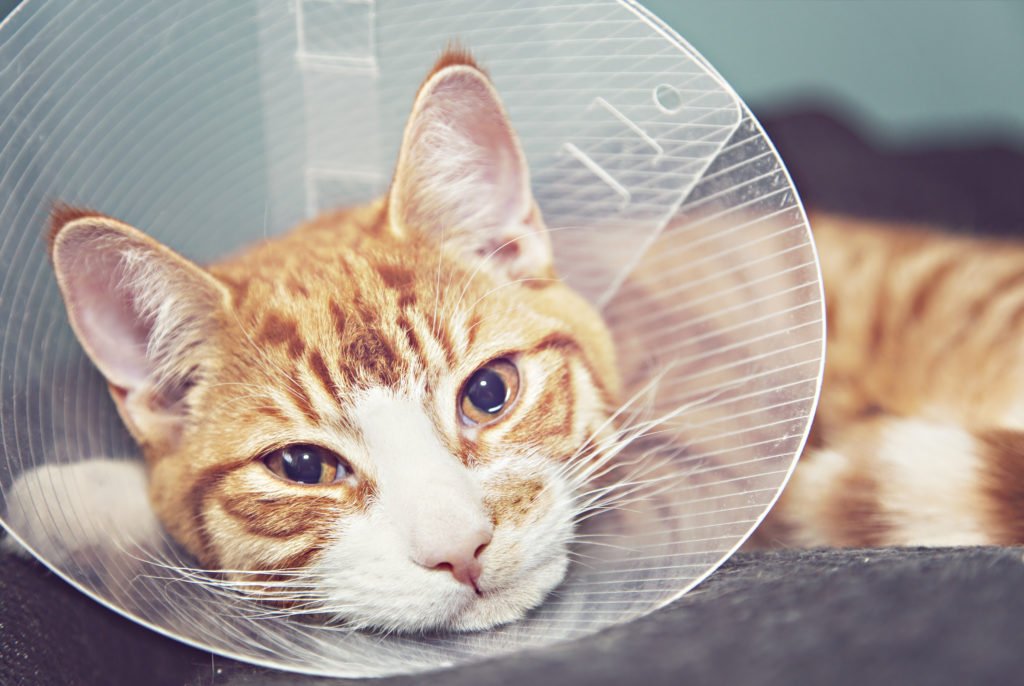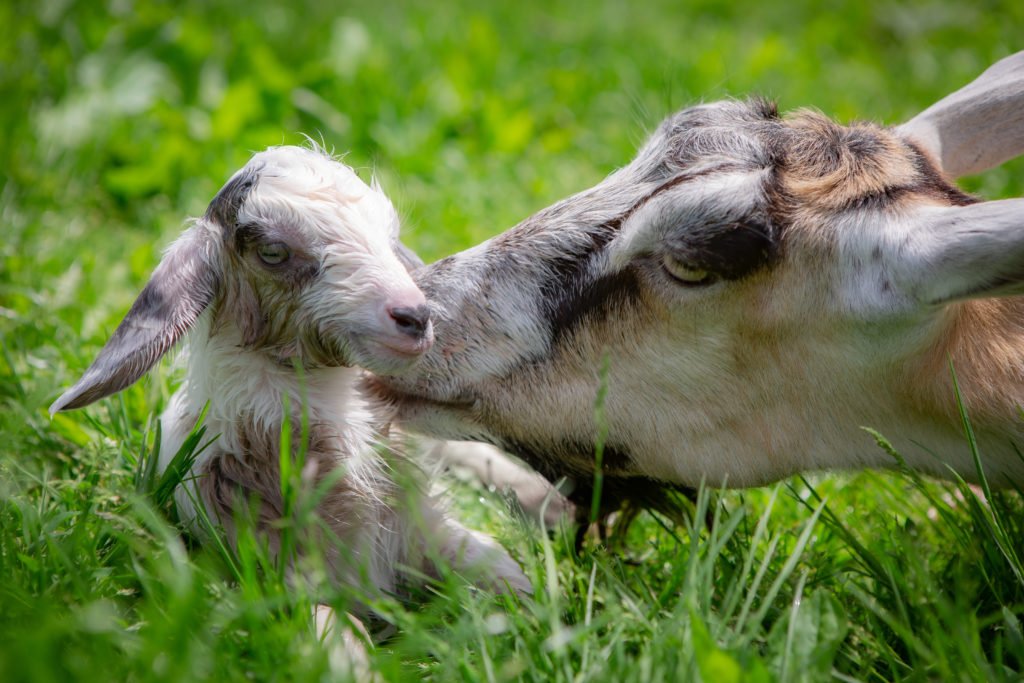It’s a sad fact of life that emergencies can and do happen. They generally require immediate veterinary treatment to give the animal a fighting chance of survival.
Most vets have a few unusual stories to tell. However, the most common emergencies in pets and livestock are likely similar for most vets across Australia.
So, what is the most common pet emergency?
Perhaps unsurprisingly, there is no one type of emergency that stands out as being the most common. Instead, different types of emergencies occur more frequently at different times of year.

“When working in small animal practice, most common emergencies vary with season and age of the animal,” Dr Virginia (Jennie) Mohler told Paws N’ All Press.
Dr Mohler is a senior veterinary registrar and lecturer and a consulting veterinarian. She also joined Sydney’s Animal Referral Hospital (ARH) in 2006, where she worked for many years as an emergency veterinarian.
Now a specialist livestock veterinarian, Dr Mohler still consults as a small animal vet where required. That has given her a broad range of insights into animal-related medical emergencies, and when they tend to appear most often.
“For example during holiday times, chocolate intoxications, dietary indiscretions and pancreatitis are most common,” she said.
It is for this reason that Christmas and Easter are busy times for veterinarians, when chocolate, fruit cakes and hot cross buns are in abundance. That’s because chocolate, grapes, sultanas and raisins are among many human foods that are toxic to pets, especially dogs and cats. Other common Christmas dangers for dogs include decorations and presents under the Christmas tree.
The warmer months of the year also result in pet emergencies that are all too familiar.
“In spring and summer, tick paralysis, snake bites and heat stroke” are among the most common emergencies in pets, Dr Mohler said.
Dogs differ by age
In Dr Mohler’s experience, the most frequently treated medical emergencies in dogs tend to be age-related.
While cute and cuddly in the puppy stage, puppies also require constant supervision to avoid an unscheduled trip to the vet.
“Puppies over-represent eating things they shouldn’t, and present with obstructions from foreign bodies, finding the rat bait behind the fridges and getting into the food bin,” explained Dr Mohler.
She added “young dogs hit by a car or fight wounds” are other common situations she has seen.
At the other end of the spectrum, old dogs most commonly present to vets having collapsed. This is usually due to cancer, congestive heart disease or organ failure.

Common emergencies in cats
Dr Mohler has a few words of caution for feline owners too.
“Cats most commonly present for vomiting, renal failure and my favourite… cat fight abscesses,” she said.
The latter can be avoided by seeking early treatment from your vet before they become infected. Infected wounds can be much more difficult – and expensive – to treat.
Most common emergencies in livestock
Reproduction may be a natural thing, but according to Dr Mohler, forms the bulk of emergencies in livestock.

“The main emergencies are calvings/kiddings/lambings, trauma, milk fever and intoxications,” she said.
“And collapsed neonate ruminants (newborn livestock).”
As a ruminant (or large) animal specialist, she has also treated many “goats with urinary obstructions (urolithiasis) that require surgical intervention”.
Expecting the unexpected
While noting these as being the most common emergencies in pets that she has witnessed, Dr Mohler said that vets can and do see “just about anything”.
“We have to be on our toes!”
Virtually all pet emergencies have a higher rate of success when they are treated quickly. As such, don’t put off seeking treatment or advice from your vet as soon as you notice something is amiss. It could be the difference between a second shot at life or certain death!










